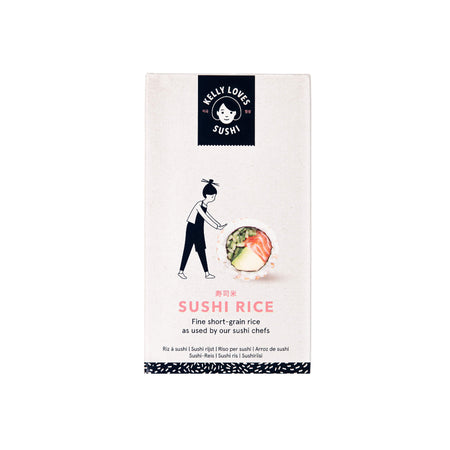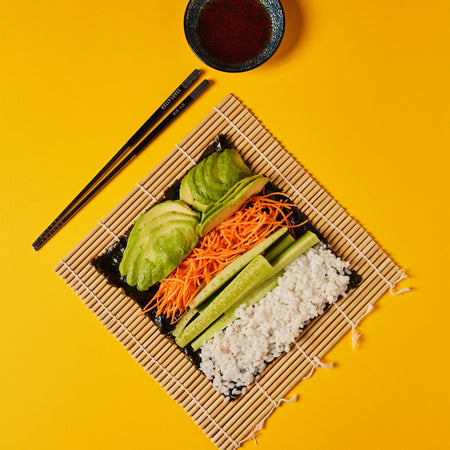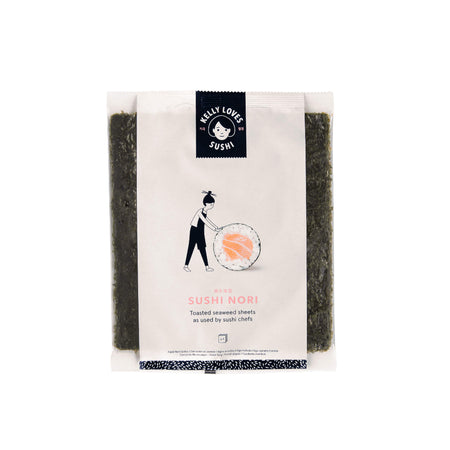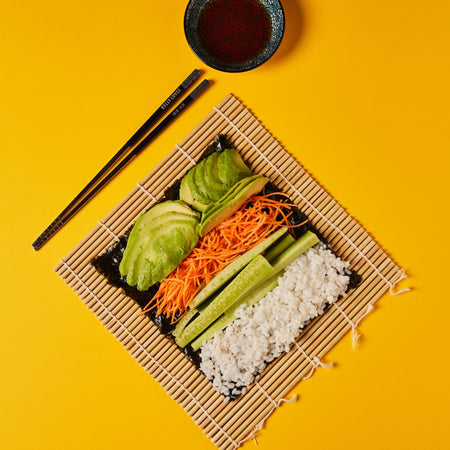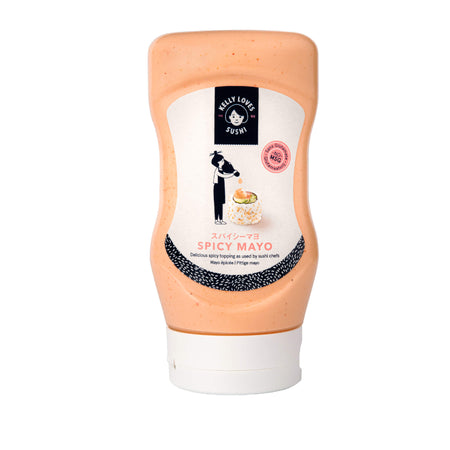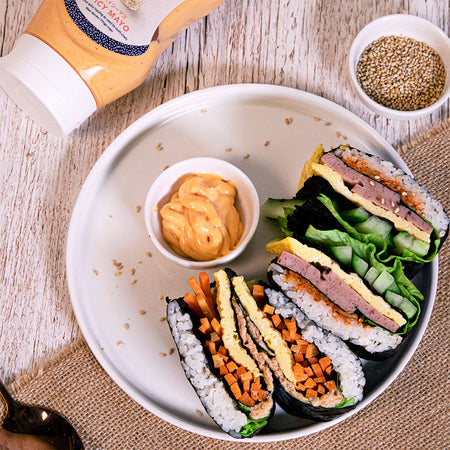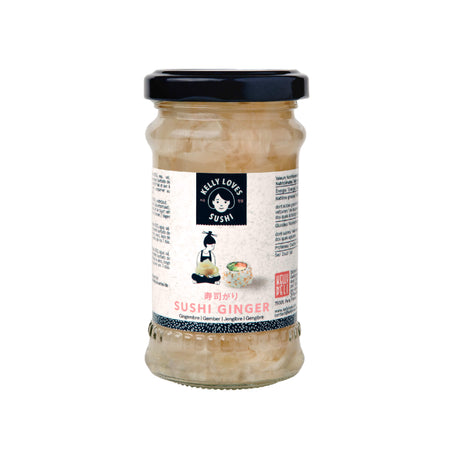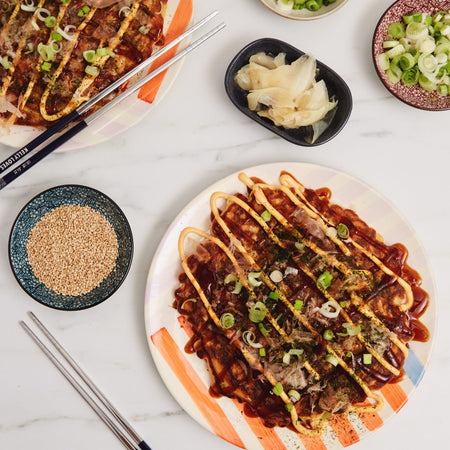What Is Ramune & What Does It Taste Like?
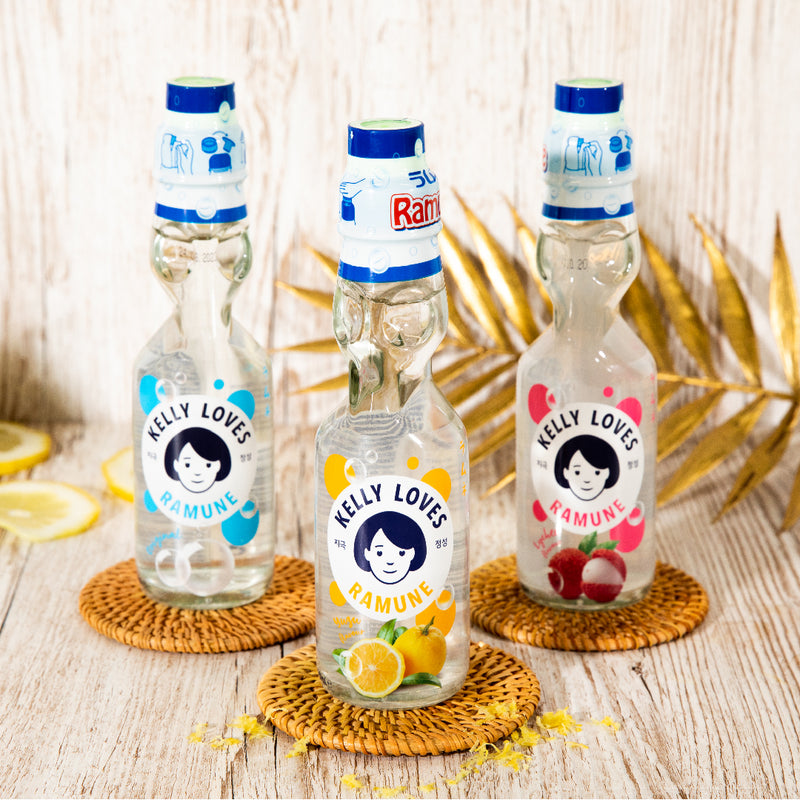
However, we’ll go with the most popular theory, which says that Alexander Cameron Sim, a Scottish pharmacist, created the drink in the 1880s when he was living in Japan. It’s fun to picture Sim with beakers and funnels, experimenting to find the perfect soda formula.
Sim based his drink on lemonade, and ‘ramune’ is derived from the Japanese pronunciation of lemonade. Ramune has a distinctive appearance due to its Codd-neck bottle, designed by another Brit – Englishman Hiram Codd.
What is ramune?
Ramune drinks are hugely popular at Japanese festivals during the summer, where the drink is sold at stands. Ramune is not a brand, but rather a category of ‘soda-flavoured’ products. And although ramune is a Japanese fizzy drink, the word ‘ramune’ can also refer to any soda-flavoured sweets.
Ramune is iconic in Japan, partly due to its unchanged and traditional bottle design. The bottle remains a novelty, especially for tourists. The cartoon superhero Anpanman appears on many ramune products and is also an icon in Japanese pop culture (as well loved as Mickey Mouse is to us).
What does ramune taste like?
The traditional ramune flavour is quite sweet: a lemony-limey bubblegum flavour.
Although ramune now comes in many, many different flavours (there are some which are quite surprising!), the most popular variety remains the original lemon-lime.
What flavours of ramune are there?
There are approximately 55 different flavours of ramune, a considerable number, especially if you find it hard to choose! The aromatic, sweet lychee ramune is the clear favourite after the original and a perfect accompaniment when making sushi at home. Fruit flavours like peach, melon and strawberry and popular flavours like green tea all taste like you’d think they would. But what about curry, chilli oil, wasabi, octopus or ‘disco dance’? There’s even a flavour called ‘mystery’...
Why is there a marble ball inside ramune bottles?
The distinctive ramune bottle is still made from traditional glass with a glass marble in the top. The glass marble creates a seal to keep the fizz in the drink. And this is why some refer to ramune as ‘marble drink’. There’s no risk a child can choke from the marble, as the marble stays in the drink once the bottle has been opened.
How do you open a bottle of ramune?
Opening a bottle of ramune can be a little baffling if you don’t know how. Let us take you through the steps; it’s quite a novelty to demonstrate to guests over homemade sushi. Your guests will enjoy the distinctive bottle and tasting an authentic drink to accompany their sushi.
Step 1: Remove the wrapper covering the bottle top.
Step 2: Remove the plunger topper and plastic ring and set aside.
Step 3: Now you can see the top of the marble inside the bottle. Put the plunger topper on top of the marble and push down until the marble pops into the wide part of the neck.
Step 4: There will be two little grooves on the neck of some bottles of ramune. These grooves will support the marble as it rolls into the hollow when you take a sip, ensuring the marble doesn’t block the flow of the tasty ramune drink. If you want a visual aid to help you further, YouTube videos are always handy.
You can buy pin badges, t-shirts, earrings, socks and other memorabilia which celebrate this iconic drink, which just shows you how much ramune is loved in Japanese popular culture. The eclectic ramune flavours and novelty bottle add to the fun. We hope you want to try ramune after reading this, but perhaps start with a traditional flavour!
